History of the Nags Head Sound Side Resort at Jockeys Ridge State Park

In the 1850s, the Nags Head Hotel was the center of social life on the northern Outer Banks. The grand structure was built around 1840, near the bottom of Jockey’s Ridge, one of the largest marching sand dunes in the country.

The hotel could originally host up to 200 guests. The building was reported to have been two stories high, with a porch running completely around it. The second story contained balconies on the front and rear. For entertainment, there was a spacious ballroom.
The hotel was conceived and financed by planters that resided in the nearby inland counties to escape the hot and humid summer conditions. Believing the nearby salt air to be healthy, the resort grew and the town of Nags Head, NC soon became one of the favorite resorts on the east coast.
Entertainment for the guests included dancing, dining, and socializing every night during the summer months. The hotel was prosperous and eventually, 50 more rooms were added. A wharf was built that reached out into the sound ½ mile to the anchored ships that visited. A horse-drawn railroad was built to connect the hotel to the ocean and was later expanded to include the wharf. Boardwalks were built that eventually ran between the ocean, hotel, and wharf.
The popularity of Nags Head as a major resort on the east coast proved to be a boon to the local settlers. The original inhabitants lived in houses over the sound waters or in the woods. Life consisted of fishing, salvaging, and herding livestock. The resort created a steady demand for vegetables, meat, horses, and carts that the locals were more than happy to provide.
By 1859, blowing sand was piling up on the sides of the hotel, a harbinger of things to come. Today, we know the perils that arise from the drifting sand at Jockeys Ridge. The original owners were still waiting for that lesson to unfold.
In 1862, the Confederate General Henry A. Wise used the hotel as his headquarters. After the battle of Roanoke Island and resultant victory by Union General Burnside, General Wise set fire to the hotel before retreating from the area. After the war, another hotel was built and the area remained the center for activity for the northern Outer Banks.
The location of the original hotel finally met its fate in the 1870s by retreating under the shifting sands of Jockey’s Ridge...The Nags Head sound wharf continued to serve the area for many more years. The Steamship Trenton made regular stops there on its route between Manteo and Elizabeth City and the small village at Nags Head prospered. When the present State Highway was built on the Outer Banks in the 1930s, the remaining hotels and post office moved to the beachside, signaling the end of commercial development on Sound Side Road.
The automobile proved to be more popular than the slow-moving boats and the wharf withered away.
Today, a ride-along Sound Side Road reveals little of its storied past. Several houses from the 30s are still present, but the grand hotel and wharf are gone. Talking to residents, the photo at right may represent the original location of the pier. The last visible piling reportedly vanished with hurricane Isabel. The remains of the hotel are rumored to still be under the drifting sand dune at Jockeys Ridge State Park, along with the many other buildings that we know are buried by its creeping sands.
Today, if you want to see Sound View Road, look for the first road running east to west, south of Jockey's Ridge State Park. Turn west, and you are there. You can drive or find a place to park and bicycle or walk to its end and back.
May you find this journey as enjoyable as I have, should you choose to visit this historic area on the Outer Banks!
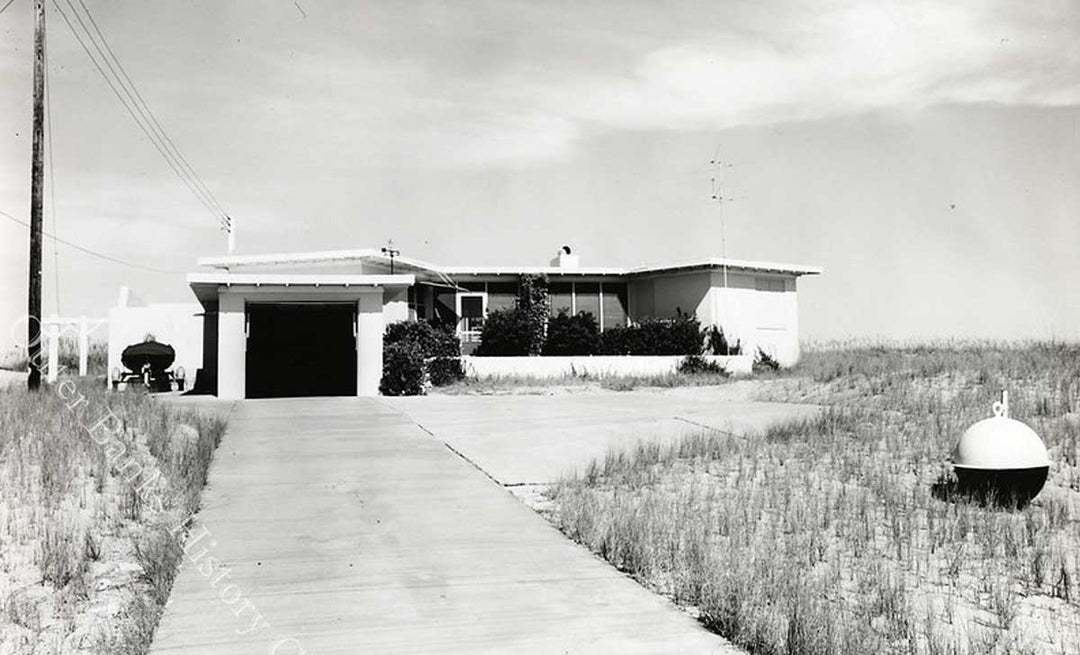

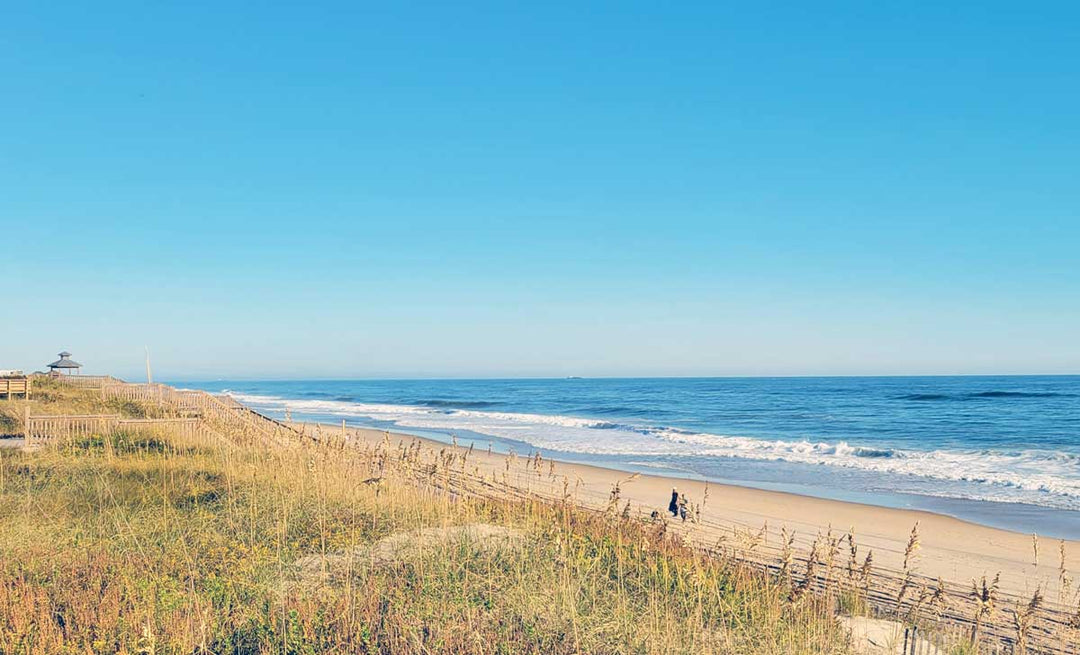
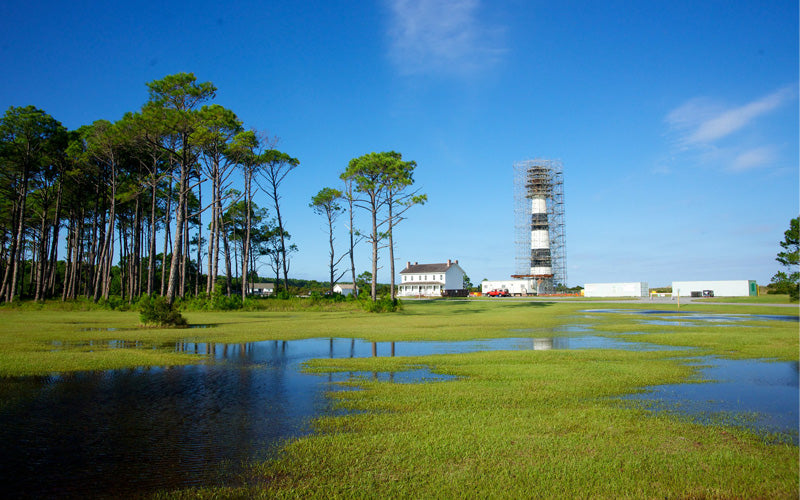
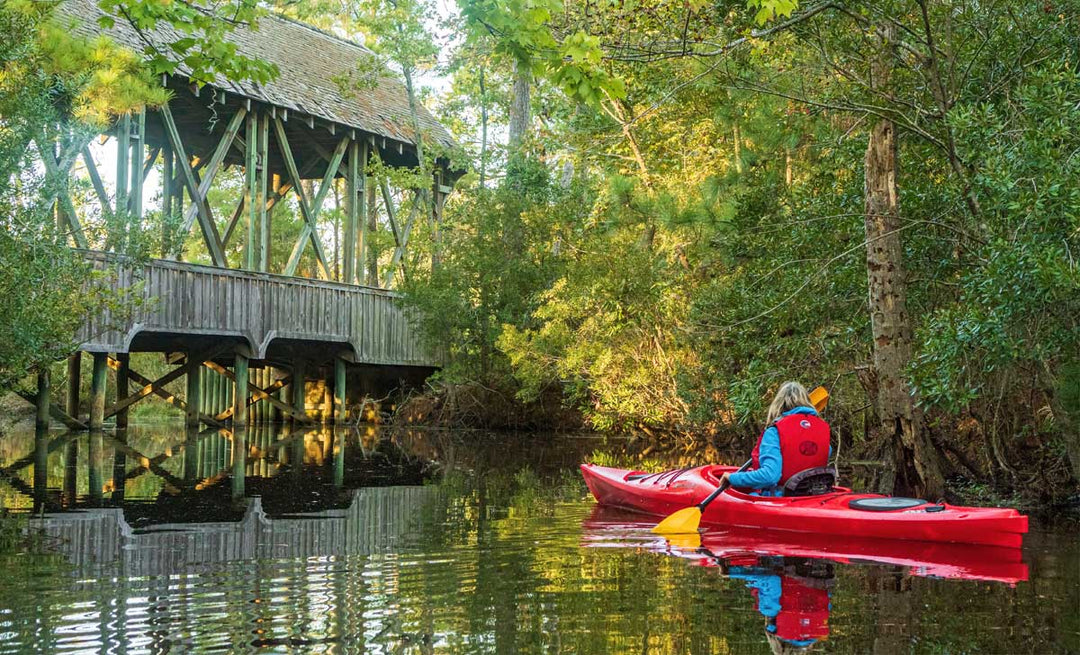
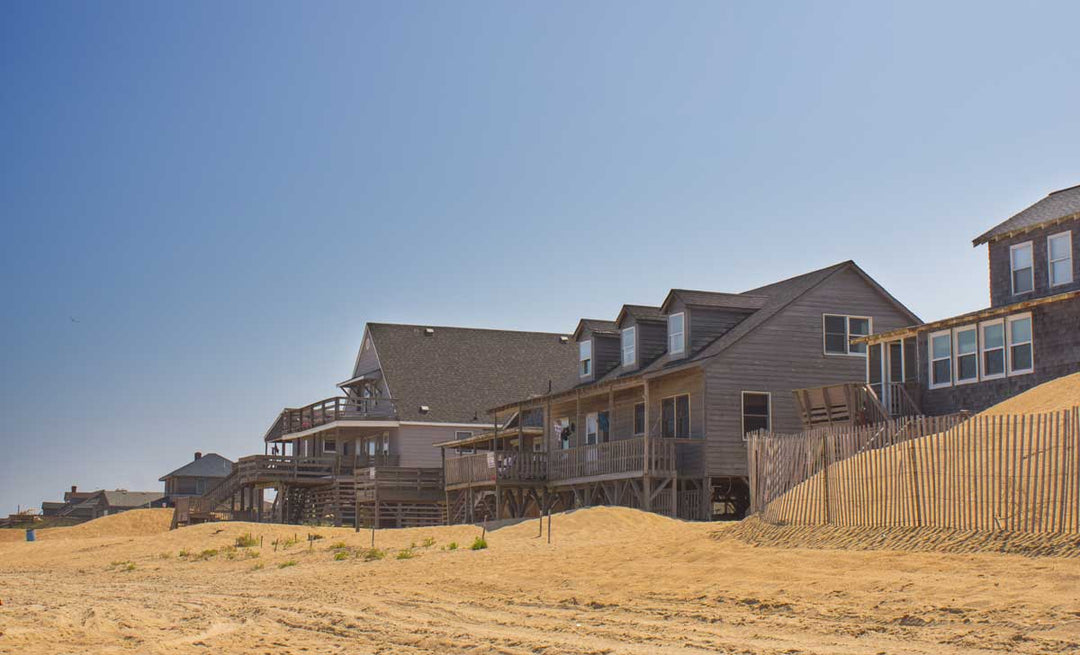
I love this! I grew up across from Forbes on the Beach Road. My father took my sister and I to find arrowheads in the area just north of the dunes. What great memories.
Leave a comment